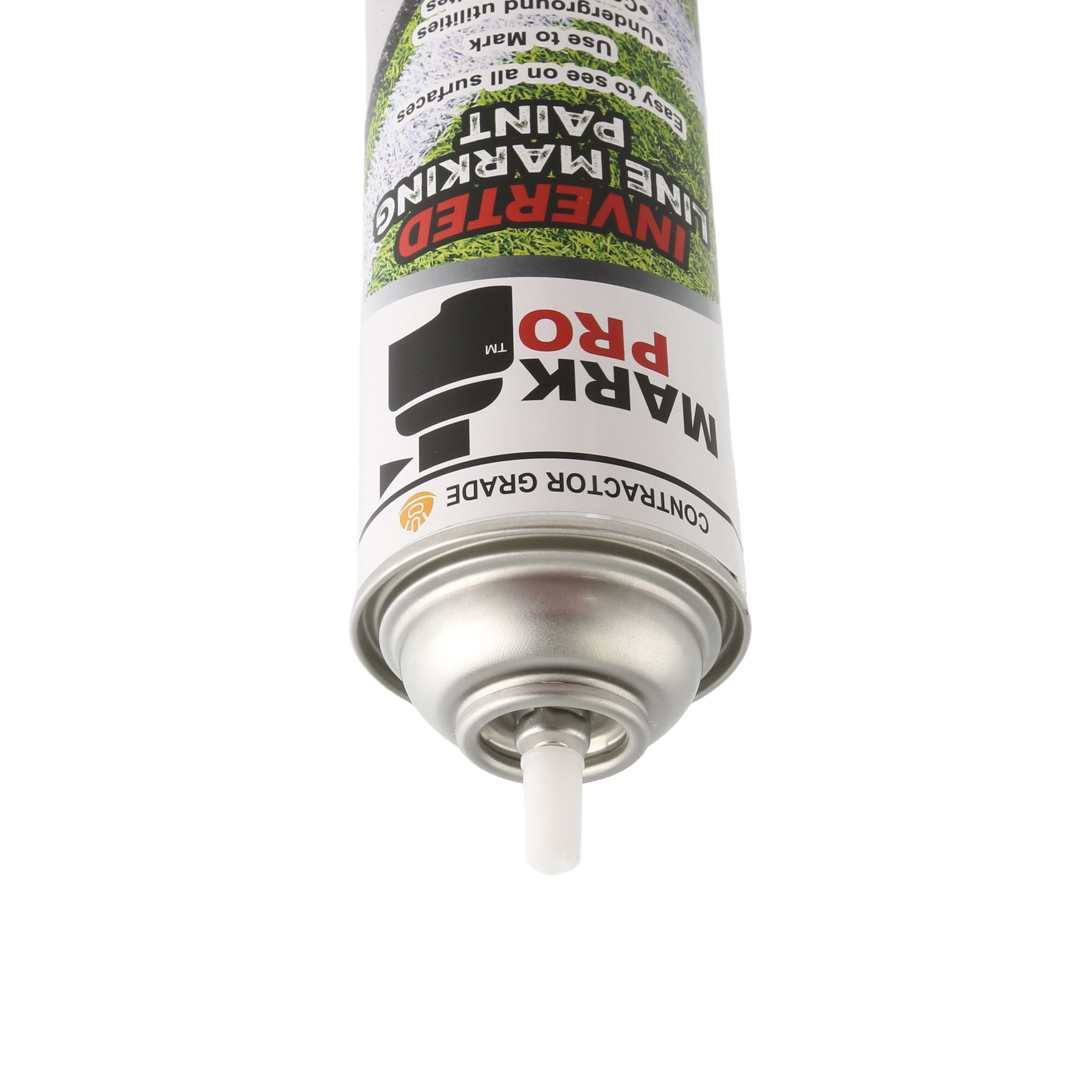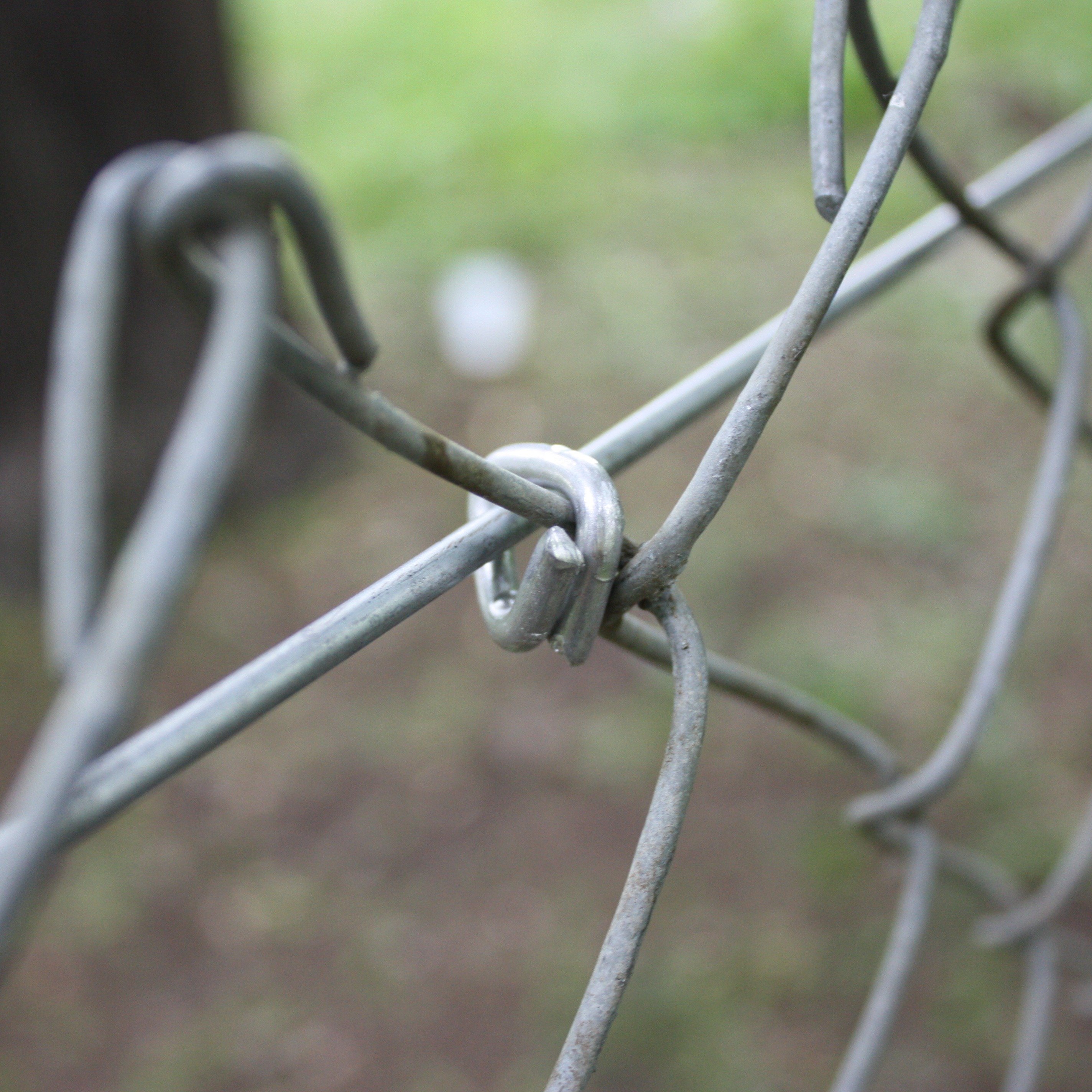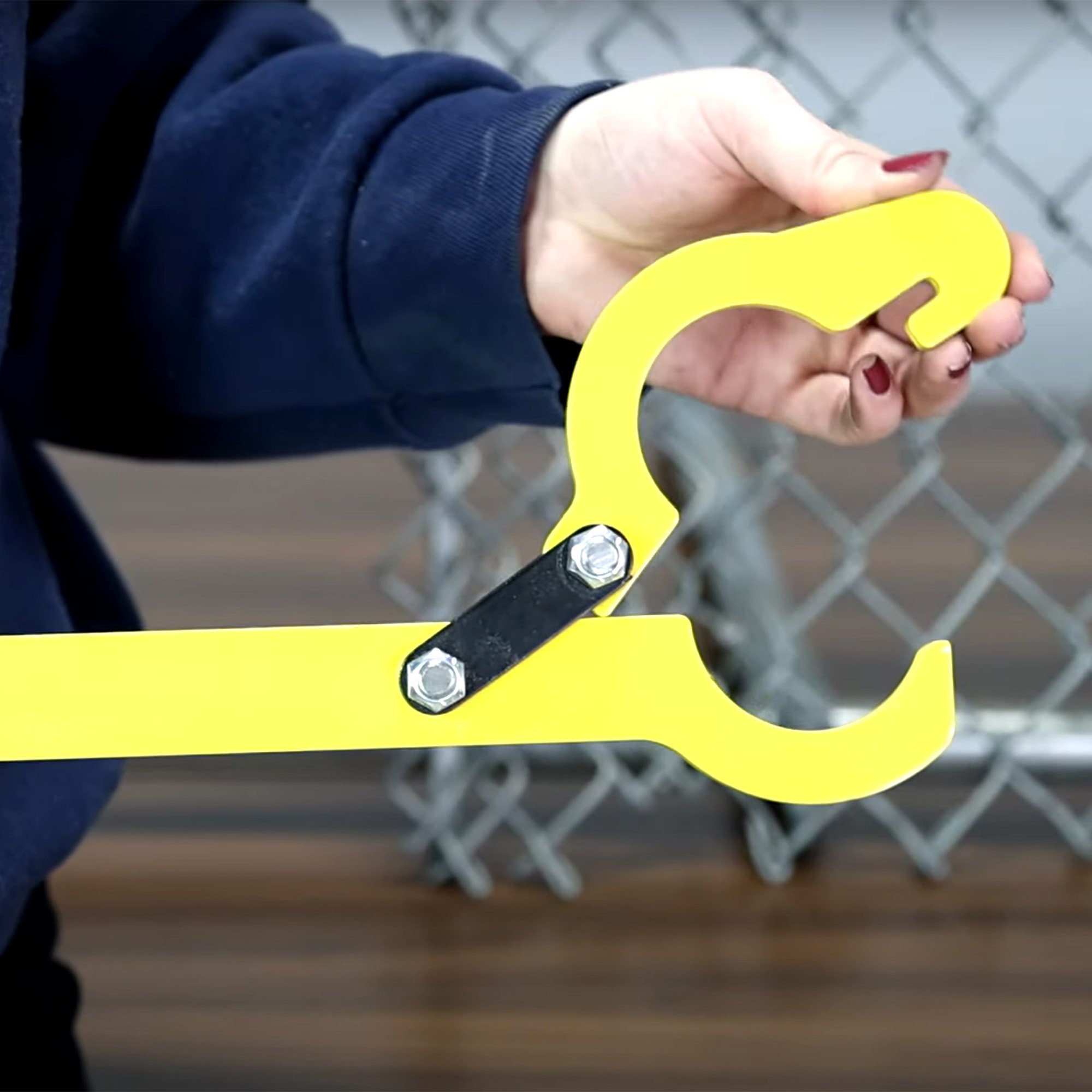What is the Difference Between Upright and Upside-Down Spray Paint?
There is a visual difference between the nozzle on spray paint versus inverted or upside-down spray paint. But you may wonder what effect it has on the spray. Well, the difference beyond the nozzle is the dispersal of paint, type, and use.
Difference Between Traditional and Inverted Spray Paint
Spray Paint
Traditional spray paints are sprayed while holding the can right side up, and the nozzle will release paint particles with limited direction. The paint particles disperse until they hit a surface to paint, making it less precise the further away you are but possibly more prone to drips if you are too close. Traditional spray paint includes latex, acrylic, vinyl, alkyd, lacquer, enamel, oil, epoxy, and sometimes water-based paint. The paints that are not water-based tend to be more permanent and may cause clogs in the nozzle. Spray paint can be used for many applications, from repairs and projects to artwork.
Inverted Spray Paint
Inverted aerosol or upside-down paint must be sprayed while holding the can upside down. The inverted positioning allows the paint to work with gravity to make more precise lines. The paint in inverted spray paints is water-based, allowing it to move more smoothly through the nozzle. The water-based paint also means that the lines will be temporary. Inverted spray paint is common for construction and yard work and can be advertised for marking or striping. The vibrant paint can mark utility lines, construction sites, excavation locations, temporary event parking, and more. The water base of inverted paint also makes it more environmentally friendly.
How to Use Inverted Aerosol Paint
There are two ways to use inverted spray paint; the label will indicate for which purpose it is intended. Inverted paint can be used for marking or striping. The preparation and application steps differ slightly, and the appearance differs. Marking paint is flat to semi-gloss, depending on the surface, while striping is always flat and more permanent. Chain Link Fittings offers inverted marking paint, which can make small marks or shorter temporary lines for construction or yard projects, including installing fence systems.
Inverted Marking Paint Instructions
Surface Preparation: Remove any excessive and loose debris from the surface.
Application Notes: Apply when temperature is above 40 degrees Fahrenheit and humidity is below 85%. Protect surrounding surfaces from overspray. Shake the can vigorously for one minute.
Application: Invert the can and point towards the ground or floor. Hold 4 to 10 inches above the surface. Press the nozzle sideways to spray. Keep the can moving to prevent clogs and oversaturation.
Cleaning: Spray upright for 2 to 3 seconds after each use. If it clogs, remove the tip and clean it with paint thinner. Do not insert objects into the valve.
Professional Fence Inverted Line Marking Aerosol Paint is great for use on concrete and asphalt surfaces for roadways, parking spaces, turf, or grass athletic fields, marking utility lines, and outlining your fence lines before installation. Mark-Pro inverted marking paint is a 17 oz aerosol can of white spray paint made in the USA. Instructions will yield the best results of clear and crisp marks and lines. This paint is water-based and will wash away. Use for temporary marking only.

If you would like to learn more about specific products, discover installation tips and tricks, or have further questions, please visit our Resources Hub or get in touch with our sales representatives.
They are happy to help in any way they can!
Contact Us




